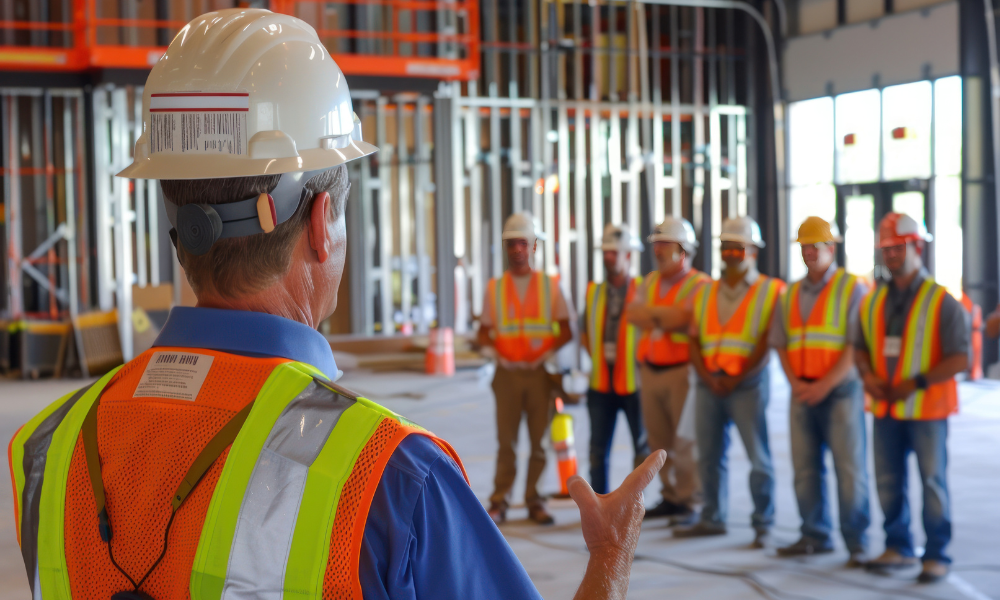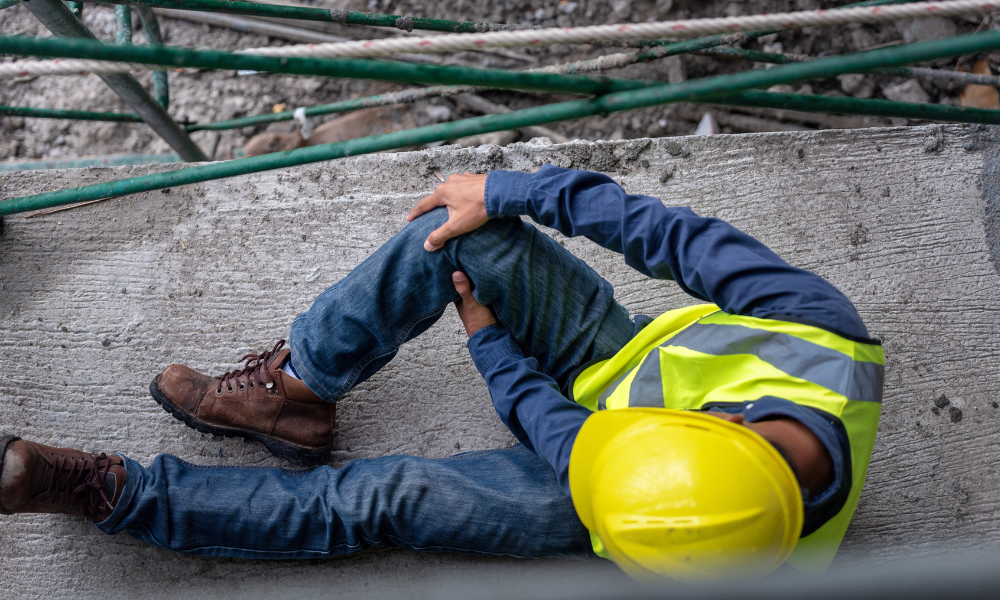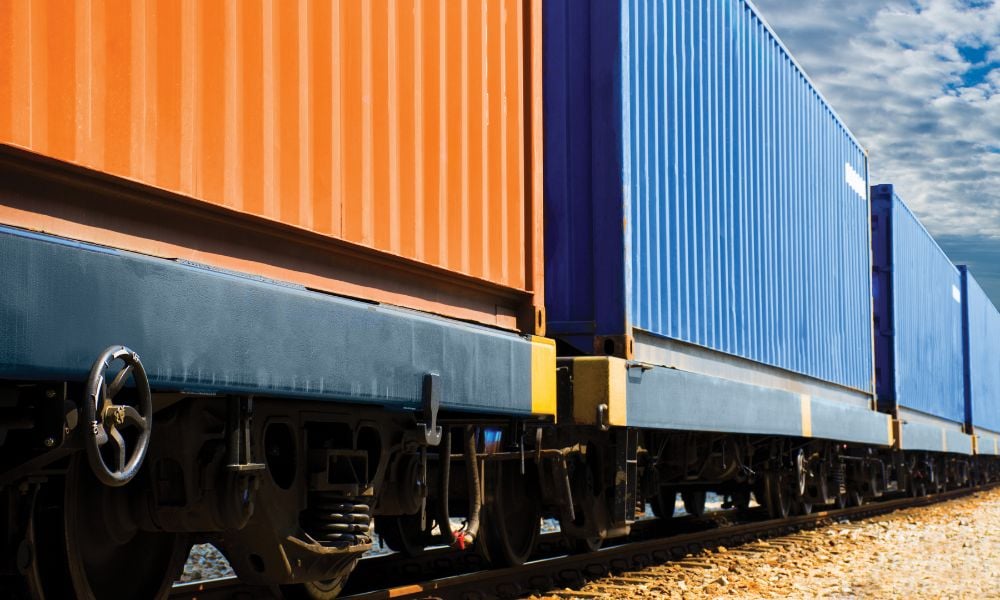While 80% feel safe at work, 50% report being impacted by a workplace accident or illness

“People take this really seriously. They want to be safe, and they feel safe,” says Tom Goodmanson, CEO of EcoOnline, in reference to new findings that reveal both strengths and shortfalls in workplace safety across the Nordic region.
EcoOnline’s recently released report, How Safe & Sustainable Is Your Workplace?, surveys over 3,600 workers in Sweden, Norway, Finland, and Denmark to assess the state of occupational health, safety, and well-being. Despite a reputation for strong social systems, the findings show significant disparities in safety training, digitalization, and employee experiences with hazardous workplace conditions.
Among the most striking results, 50% of respondents report being directly or indirectly impacted by workplace accidents or work-related illnesses. This comes even though 80% say they feel safe at work, highlighting a disconnect between perception and reality.
“One of the findings that was a little bit surprising to me was how many people come in contact with unsafe environments,” Goodmanson says. “Given the fact that we’re taking it so seriously... we still saw 50% of people in the region had seen incidents in the last year of unsafe work practices.”
The report also points to gaps in chemical safety training and limited use of digital tools. While 79% of Norwegian workers receive chemical safety training, only 60% do in Denmark. Similarly, just 61% of respondents have access to digital chemical management systems, with Finland trailing at 53%.
Goodmanson emphasizes that digitization is key to improving safety outcomes and fostering a proactive safety culture. “Creating visibility of where incidents might happen — and not just visibility, but predictability — is exactly why we’re in business,” he says. “It’s about knowing when something might be becoming unsafe, stopping the work, and getting in to mediate.”
The report draws a clear link between training and well-being, noting that organizations with more training report happier employees (47%), fewer sick days (33%), and better communication (34%). Goodmanson believes these findings should resonate with safety leaders in North America.
“When I talk to customers in Toronto, they have the same needs,” he says. “It’s consistent, no matter what plant I go through — people want to know they have a good working environment and that they’re going home safe.”
The study uses a regional survey method, polling a representative sample of employees across four Nordic countries to measure attitudes, experiences, and access to safety tools.
As digital safety tools become more prevalent, Goodmanson notes a shift from traditional methods toward integrated, real-time communication strategies. “Ten years ago, you had clipboards showing how safe things were. Now, I see large screens and mobile apps used to communicate safety tips across facilities,” he says. “That never goes out of favour, regardless of region.”
EcoOnline plans to expand its research globally, including in Canada and the United States, later this year. Goodmanson expects similar trends to emerge. “People are happier when they’re safe. It’s right on Maslow’s hierarchy of needs — if we feel valued and protected, we’re going to have a better day.”




